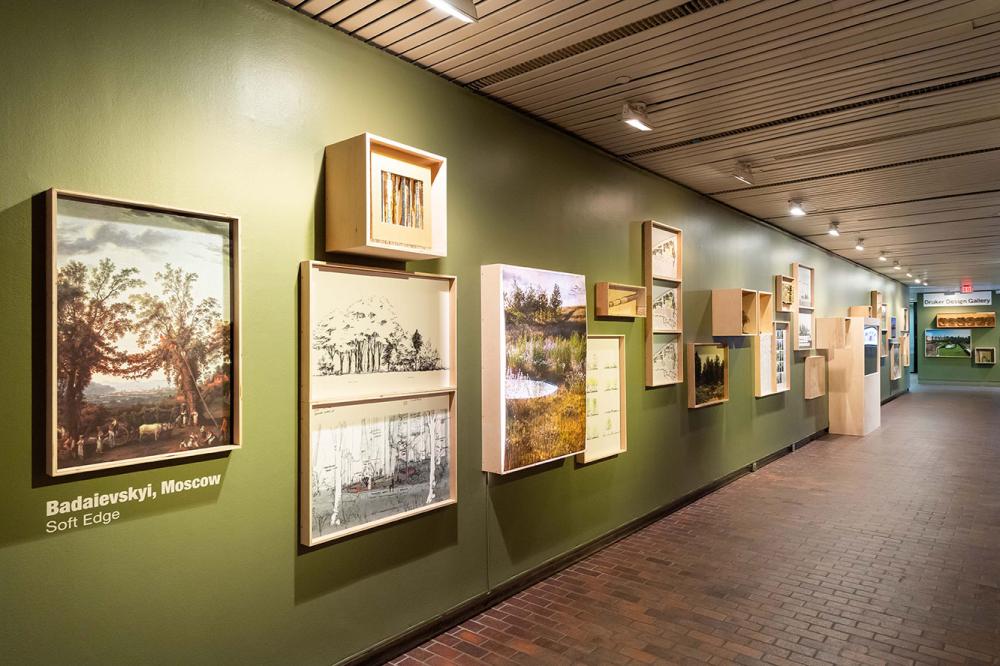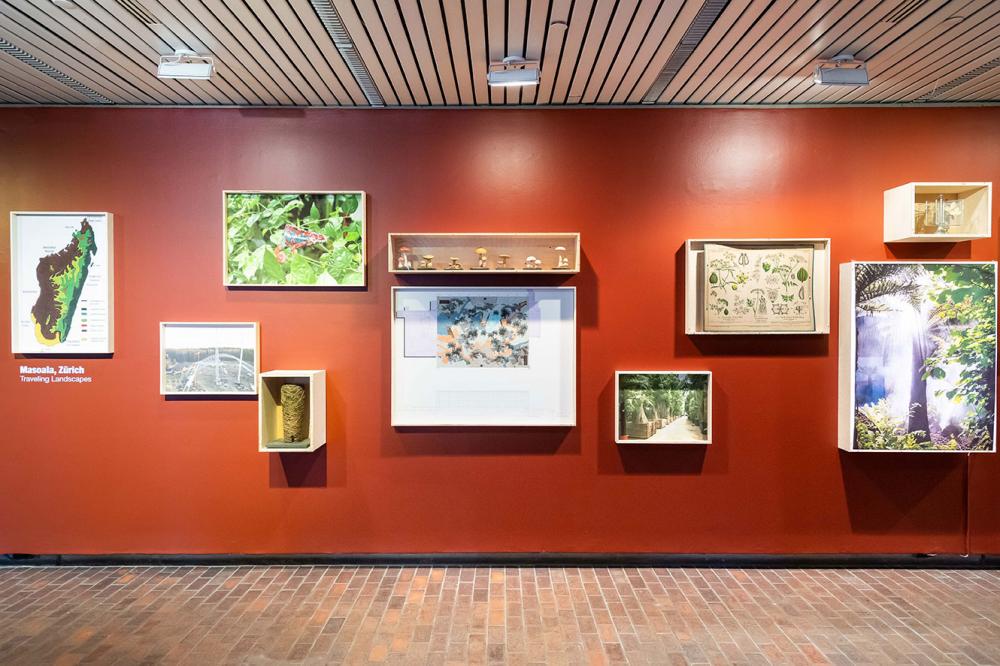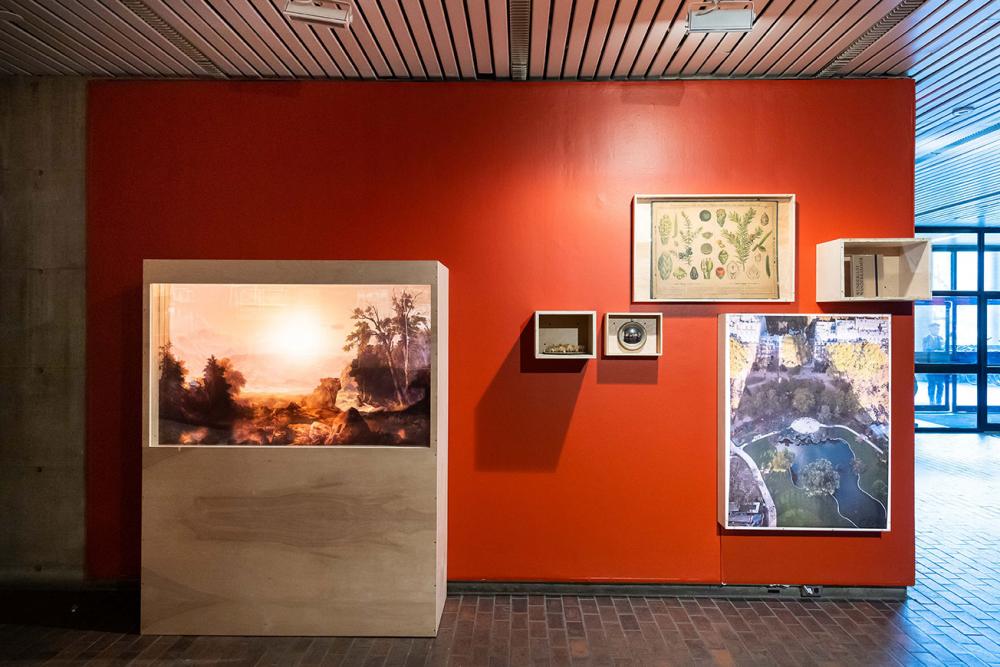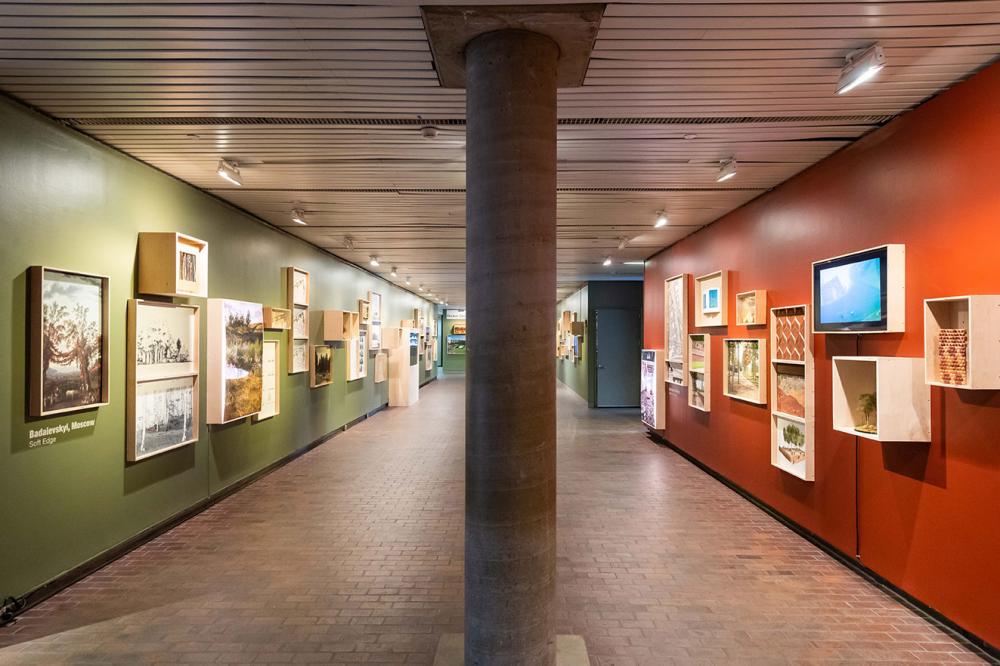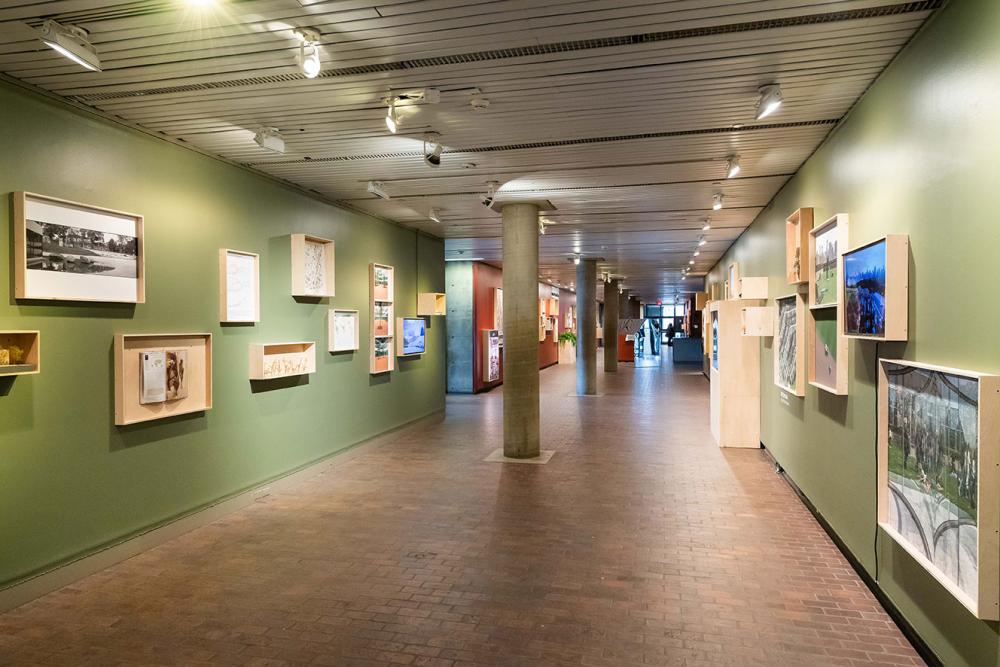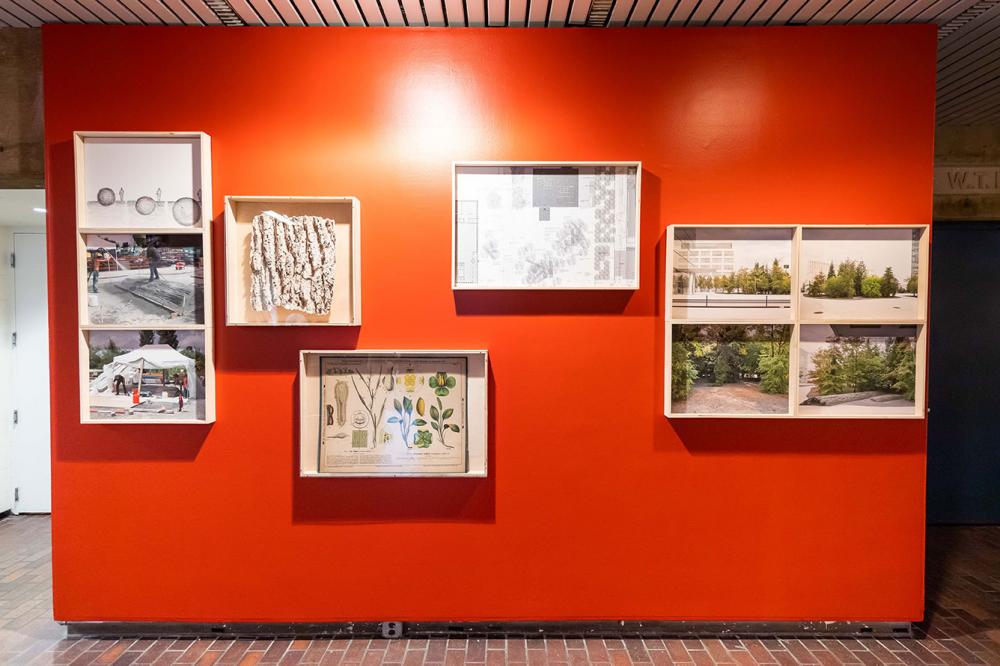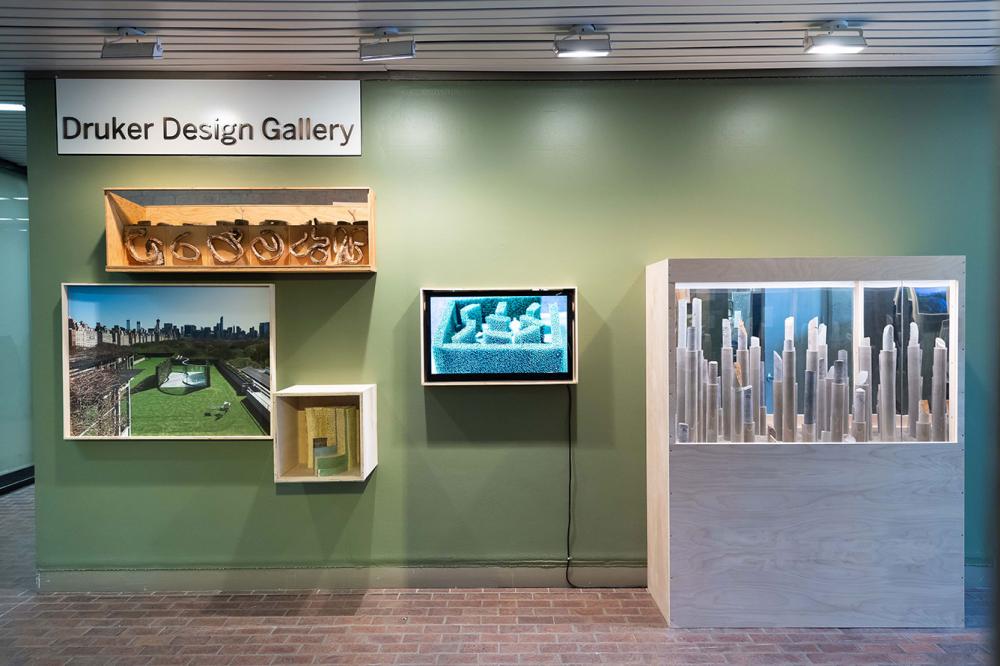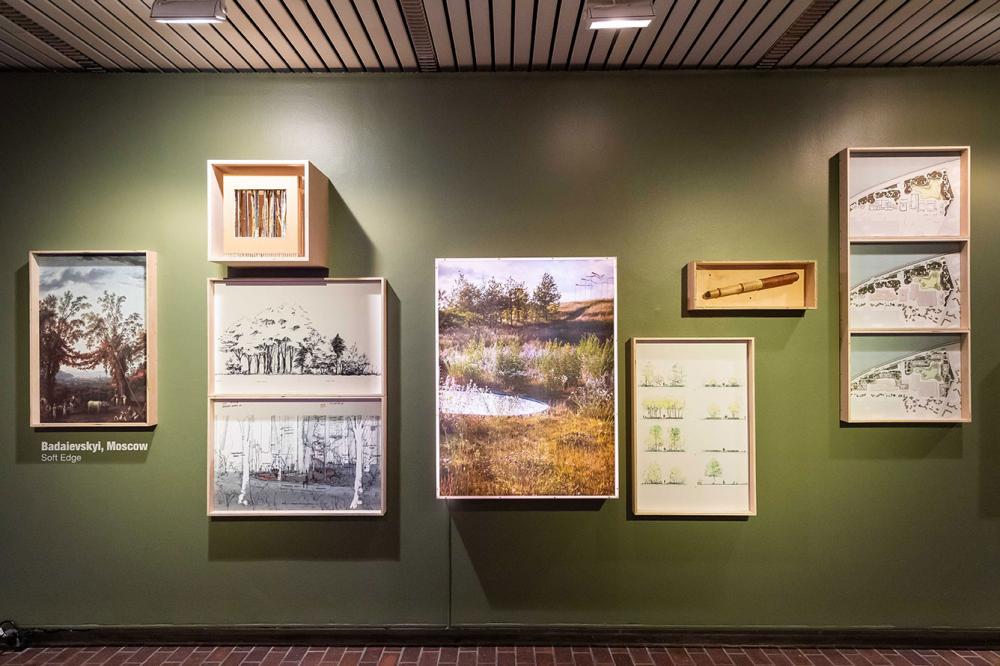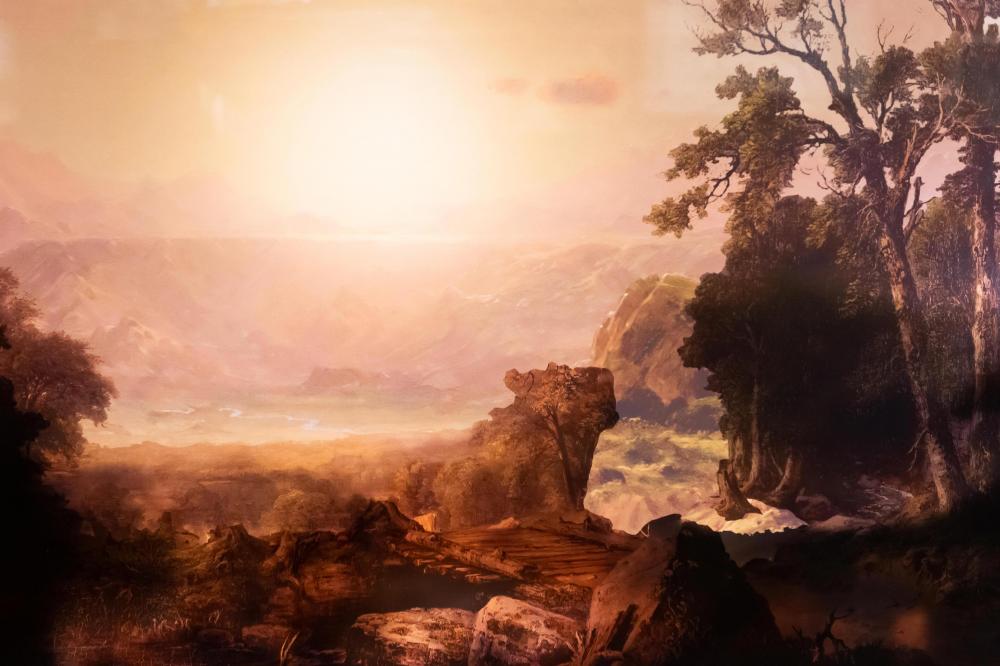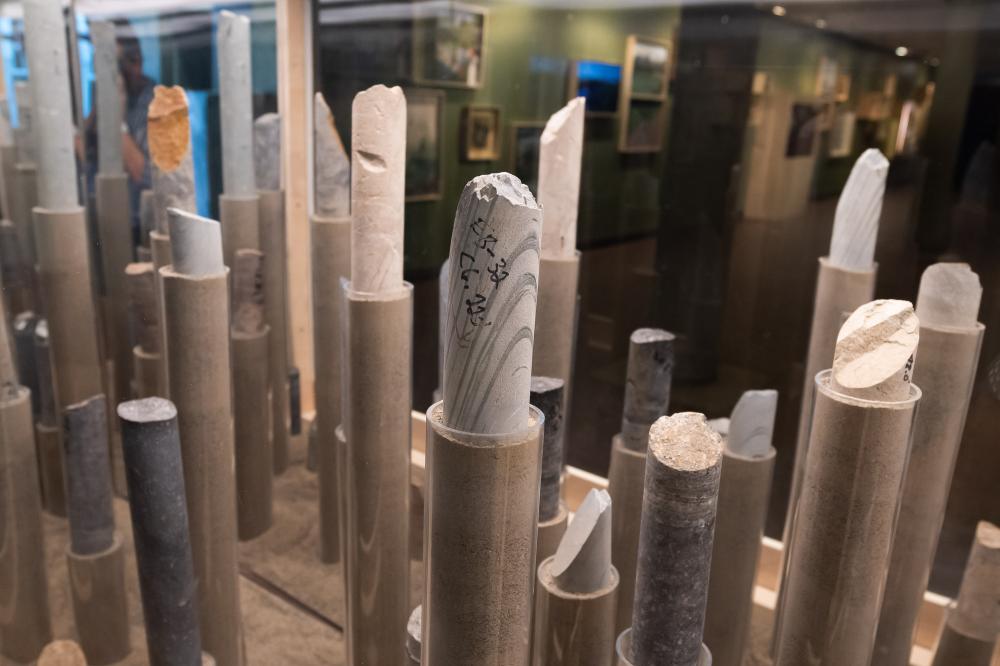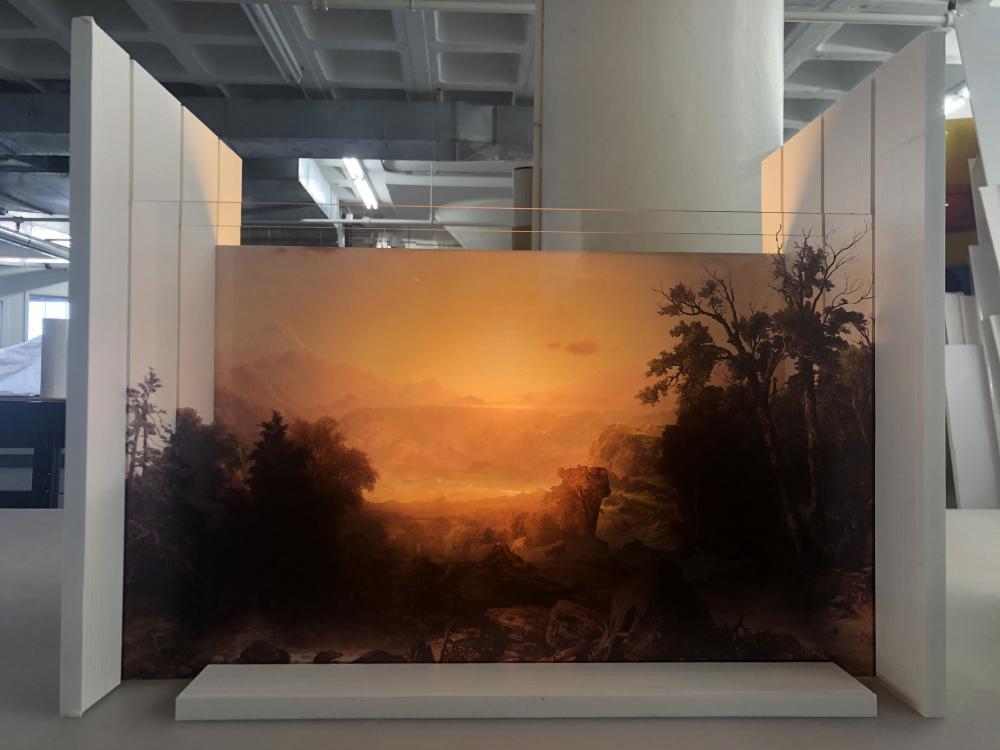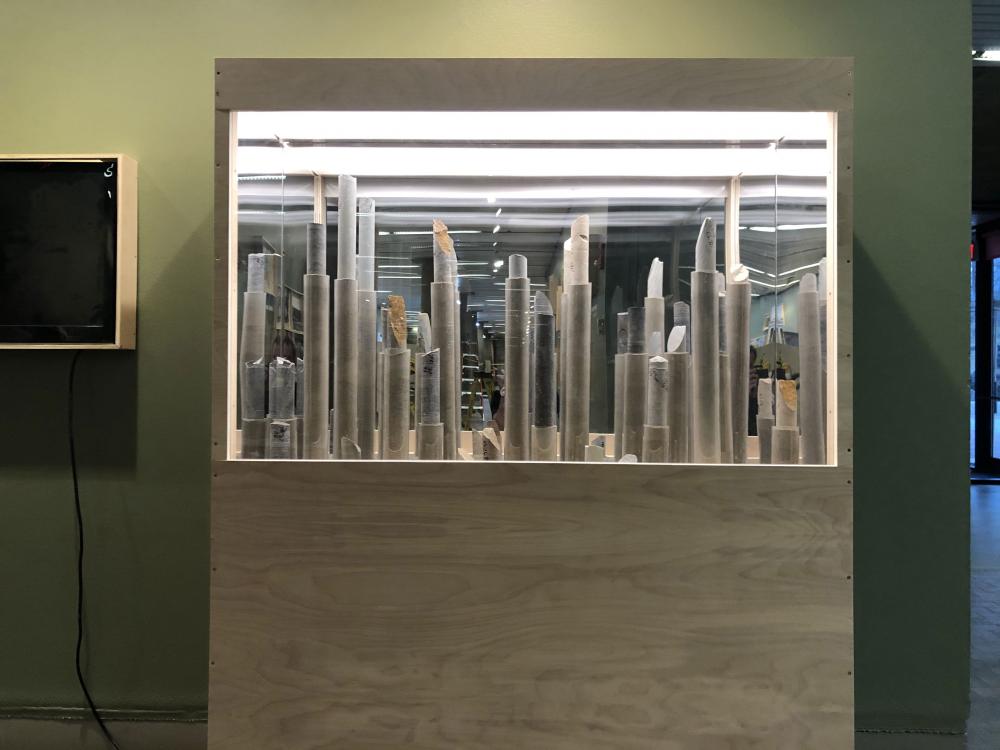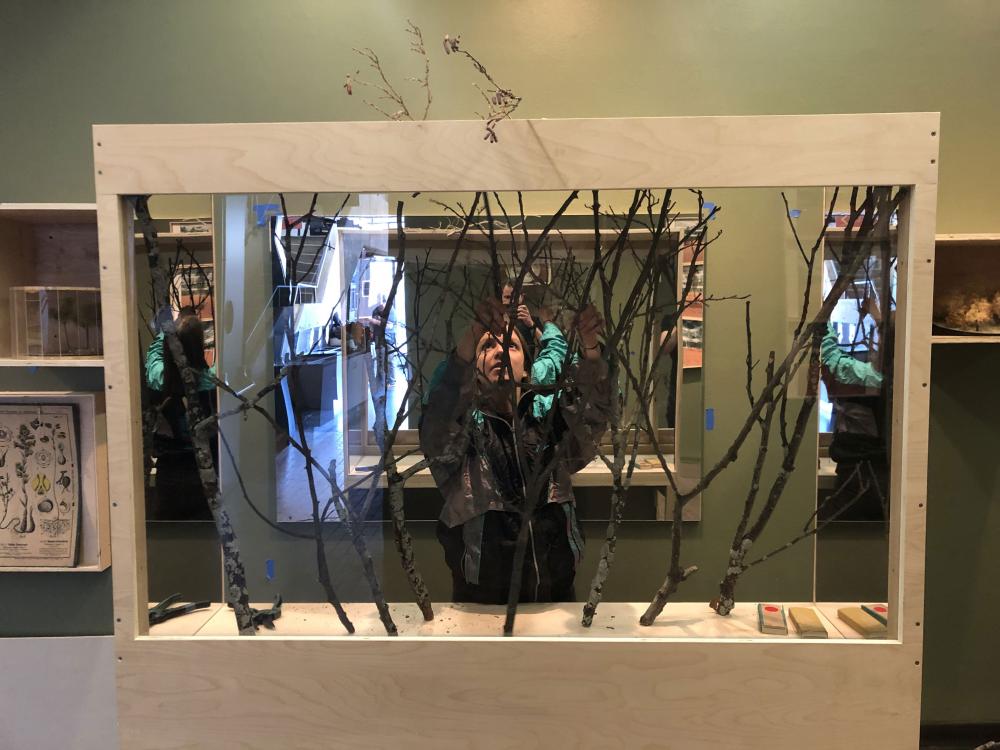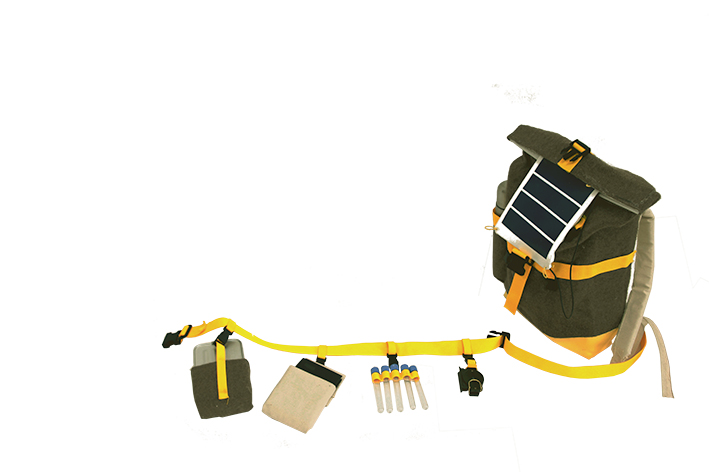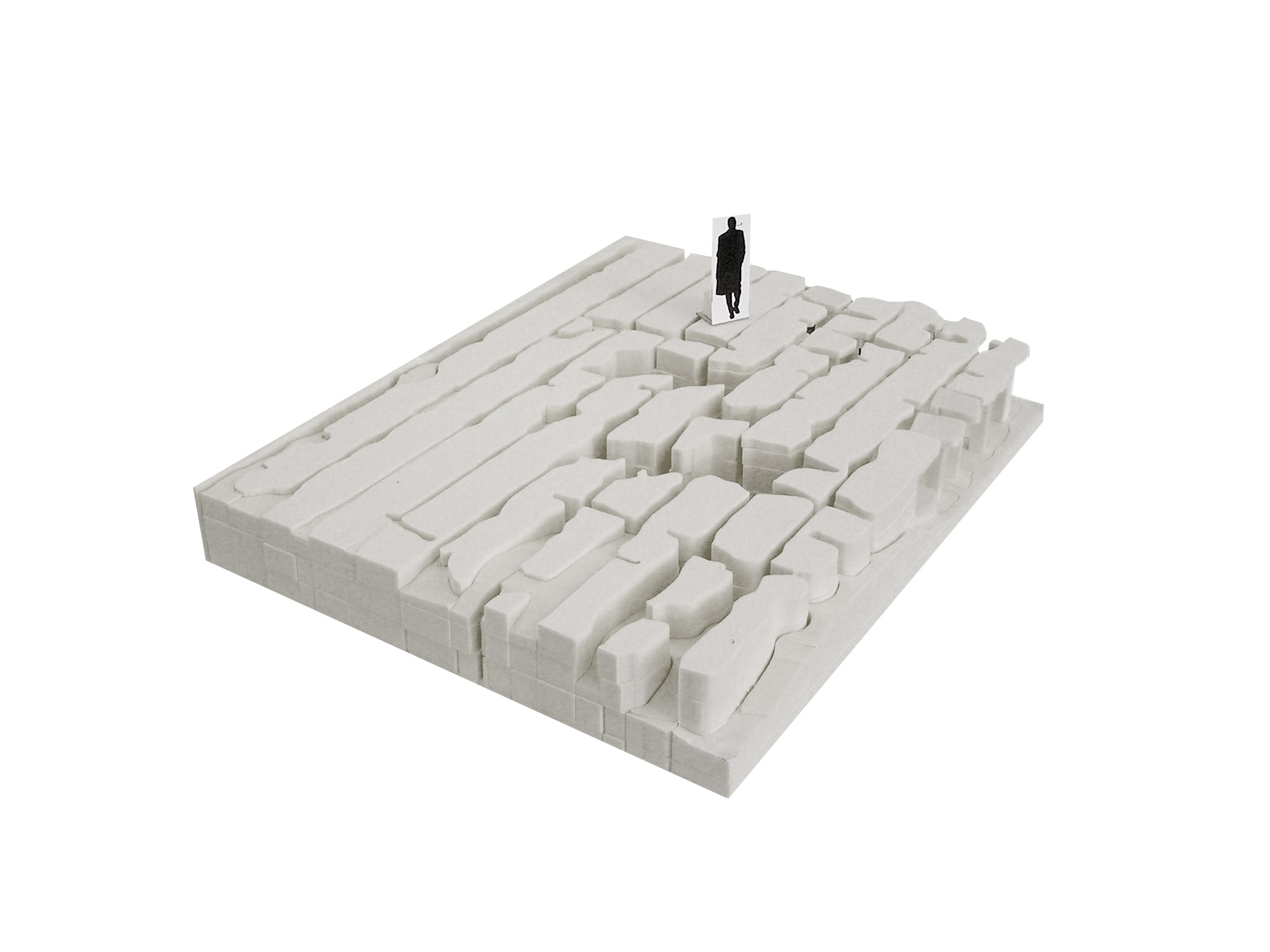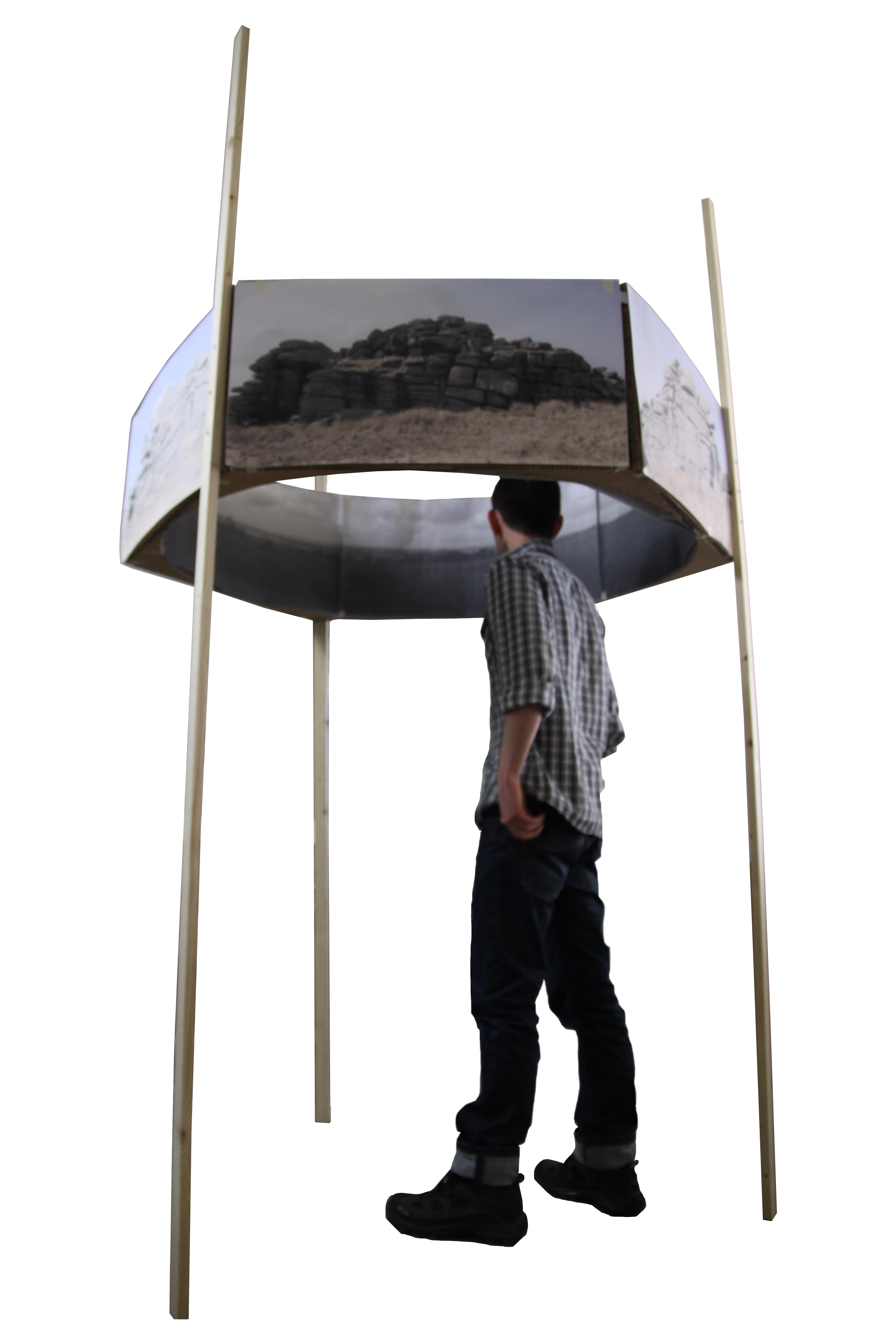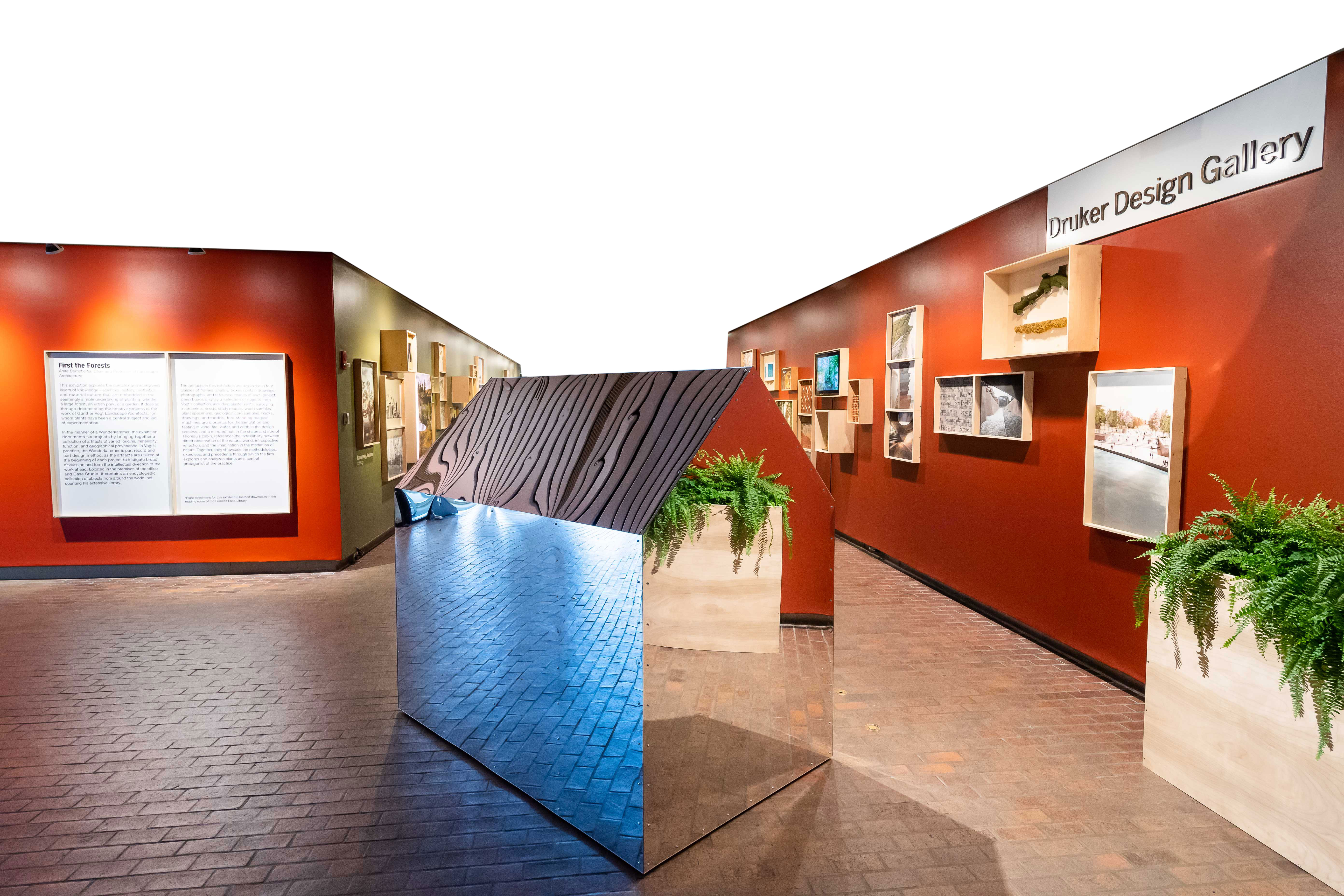
„This was the order of human institutions: first the forests, after that the huts, then the villages, next the cities, and finally the academies.“
Giambattista Vico, The New Science. 1725.
Architecture has always played an important role as a mediator between humans and the environment. This separation, achieved through the basis of architectural form— walls, doors, roof and window— enabled humans to contemplate the outside from the comforts of architectural space. This relationship has marked the way in which we view and experience nature. Perception became mediated through architecture as doors and windows turned into pin-hole devices through which we could project ideas of nature.
The exhibition explores the plant imaginary by bringing landscape into the confines of the architectonic space, turning inside-out the landscape-architecture relation. The cabin in the woods—a reference to Thoreau’s temporary home in the adjacent woods and what many consider to be the birthplace of the environmental movement— becomes a surrogate architecture through which the relationship between humans and their environment is explored. The result are a series of experiments in observation and analysis that create a wide variety of environmental experiences.
What we see on the walls of the exhibition space are windows into the workings of VOGT Landscape Architects, vignettes into the methodologies, exercises and projects through which we explore and analyze vegetation as a central element of our practice. The gallery becomes a shelter for the landscape that we seek to understand – a space to explore the relationship between humans and nature through experiment and experience.






